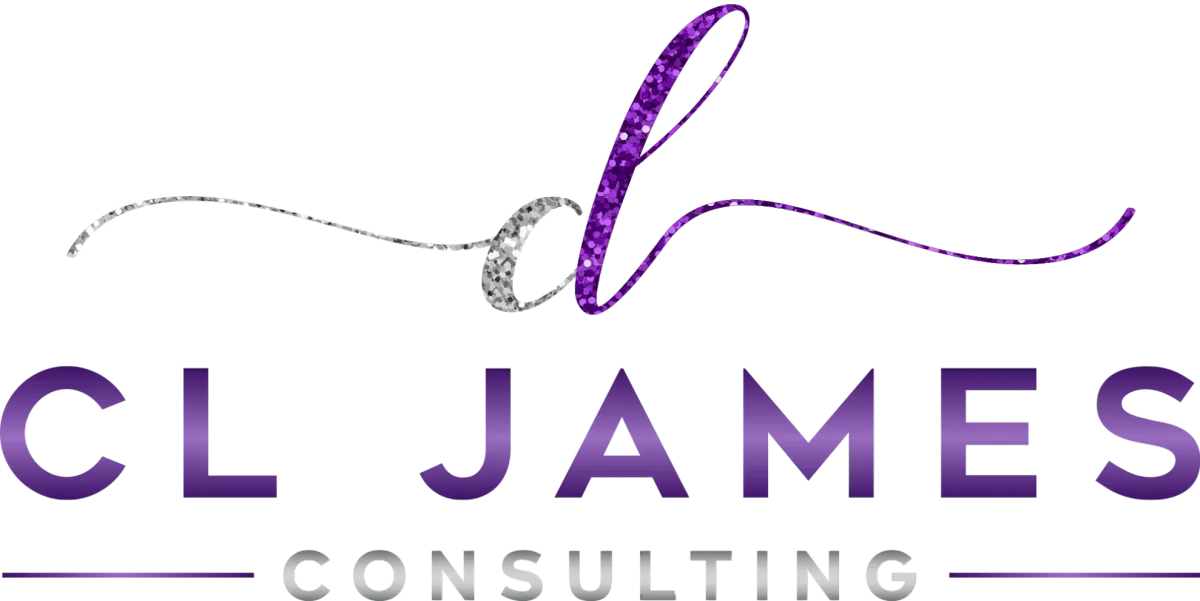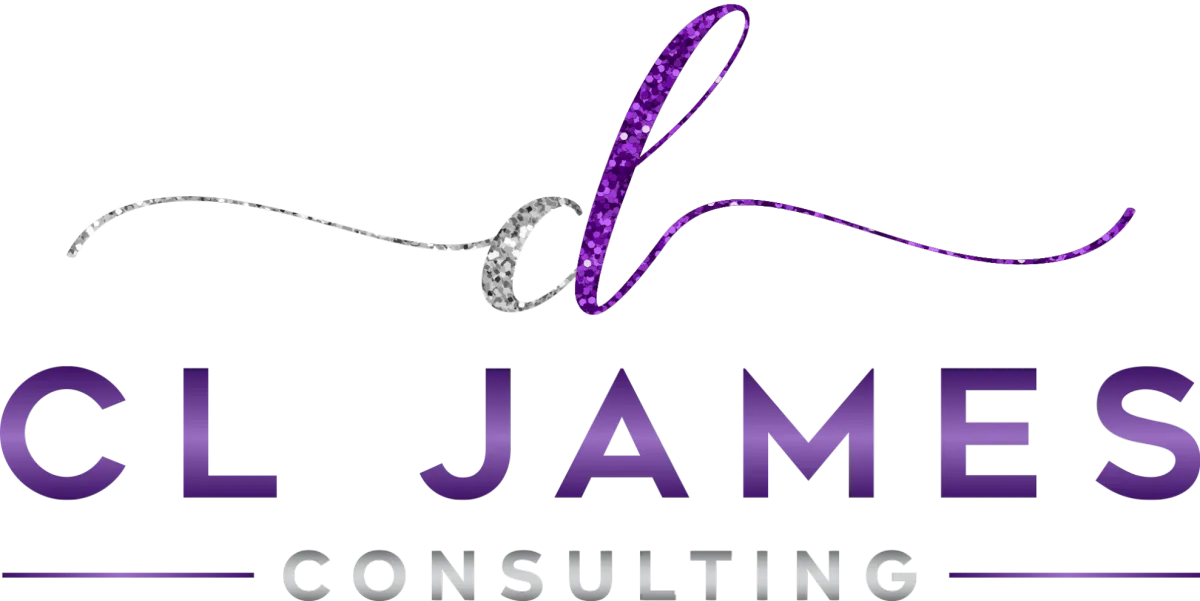THE BLOG
Navigating Scope Creep: Strategies for Keeping Projects on Track

Hey there, fellow project warriors! Have you ever embarked on what seems like a straightforward project, only to find yourself lost in the wilderness of endless revisions, additions, and “just one more tiny request”? You’re not alone. Today, we’re tackling the sneaky challenge of scope creep – that notorious project bloat that can sneak up on even the most experienced project managers. But fear not! I’ve got some tried-and-true strategies to keep your projects on track, your sanity intact, and your clients happy.
What is Scope Creep?
Let’s break it down. Imagine you’re redecorating a room. You plan to paint the walls, but before you know it, you’re also replacing furniture, upgrading windows, and maybe knocking down a wall or two. In project terms, scope creep is the gradual expansion of a project’s goals, deliverables, or features without corresponding increases in resources, time, or budget. It’s the silent project killer that can erode your profits, timelines, and team morale faster than you can say, “Just one more change.”
Identifying Scope Creep Early On
The key to conquering scope creep is spotting it before it becomes a project monster.
Signs and Symptoms: Watch for red flags like an expanding task list, frequent minor requests that add up, or team members expressing concerns about workload or deadlines.
Communication Channels: Keep the lines of communication wide open. Regular check-ins with your client and team can help catch scope creep in its early stages.
Setting Boundaries: Clearly define what is (and isn’t) included in the project. It’s easier to prevent the scope from creeping up when everyone’s on the same page about the project’s boundaries.
Strategies to Keep Your Projects on Track
Here’s how to armor and stand your ground against the scope creep invasion.
Rigorous Project Documentation: Start every project with a clear, detailed project scope document. This is your project bible, and it should outline every deliverable, deadline, and detail. It’s your first line of defense against scope creep.
Change Control Processes: Implement a change control process for handling requests outside the original scope. This means any change needs approval, ensuring that adjustments are made consciously and with consideration of their impact on the project.
Client and Team Education: Educate your clients and team about the effects of scope creep. When everyone understands the importance of sticking to the plan (and the implications of deviating from it), managing expectations becomes much more manageable.
Practical Tips for Managing Scope Creep
Let’s get down to brass tacks. Here are some actionable tips to help you navigate and neutralize scope creep:
Regular Check-Ins: Hold weekly status meetings to review the scope, progress, and any potential deviations. This keeps everyone aligned and accountable.
Flexibility within Framework: Projects may evolve, and that’s okay. Build a little flexibility into your plans for unforeseen changes, but always within the framework of your change control process.
Clear Communication: Be clear and assertive in your communications. It’s essential to say no or negotiate changes that align with project goals and constraints.
Navigating scope creep isn’t about avoiding changes altogether; it’s about managing them to keep your project on track and your clients satisfied. With clear documentation, effective communication, and a solid change management process, you can steer any project to success, no matter the surprises.
Got your own tales from the scope creep frontier? Share your stories, strategies, or questions below. Or, if you’re grappling with a project that’s spiraling out of control, reach out for a complimentary discovery session or operational audit. Let’s transform that chaos into a success story together!
TagsBusiness Automation, Entrepreneur Burnout, Productivity Hacks, Self-Care Strategies, Service-Based Buy, Business Growth Strategies, Business Process Improvement, Entrepreneur Tips, Operational Optimization, Small Business Management, Systems Audit, Technology Audit, Workflow Simplification








